Khagrachhari, Aug 15 (V7N) – Ironically, as Khagrachhari hosts a week-long tree fair to promote environmental awareness, two mature Terminalia catappa (commonly known as tropical almond) trees have been mysteriously felled in front of the Town Hall—leaving residents shocked and angry.
These large, decades-old trees provided essential shade to pedestrians and visitors, especially during scorching summer temperatures. For years, people found relief under their wide, umbrella-like canopies. Their sudden disappearance has raised eyebrows, particularly because the tree fair itself is being held in the same vicinity.
The Khagrachhari municipal authorities claim they are unaware of who ordered or carried out the cutting. No official notice or prior announcement preceded the removal.
“These trees were not just greenery; they were part of our everyday lives,” said a local resident who used to rest under the trees during peak heat. “Now, even during an event promoting tree plantation, we see old trees being destroyed.”
Just days earlier, the area had seen significant foot traffic during observances of National Tree Plantation Day. But now, only stumps remain where the majestic trees once stood—stripped of their lush, layered branches that once provided food and shelter to birds and shade for humans.
The Terminalia catappa tree, native to tropical regions, is known for its wide horizontal branches, large shiny leaves, and edible seeds, often compared to walnuts in taste. Its canopy, which can reach up to 35 meters (115 feet) in height, typically spreads out in layered tiers, offering a unique vase-like appearance as the tree matures.
Environmentalists and concerned citizens are calling for a formal investigation and greater transparency in urban tree management. Meanwhile, the contrast between celebrating trees and silently removing them has left a bitter aftertaste among Khagrachhari’s environmentally conscious public.
END/BTK/SMA/



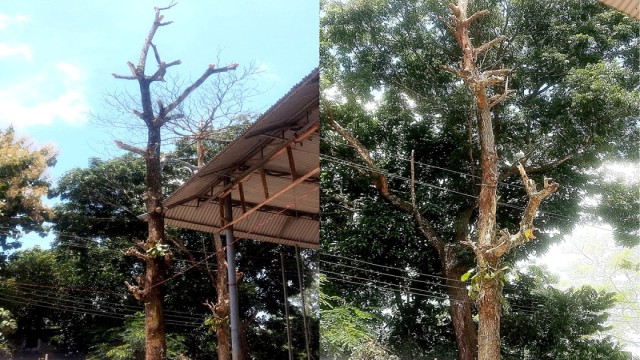

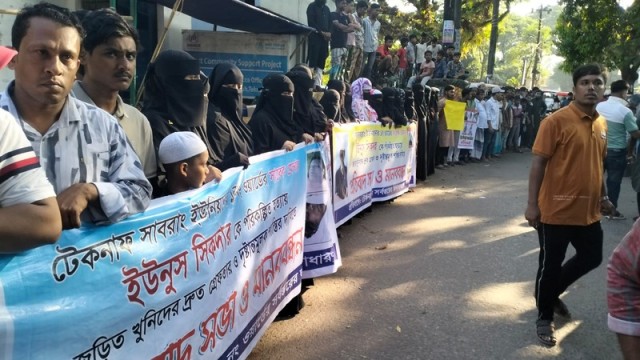
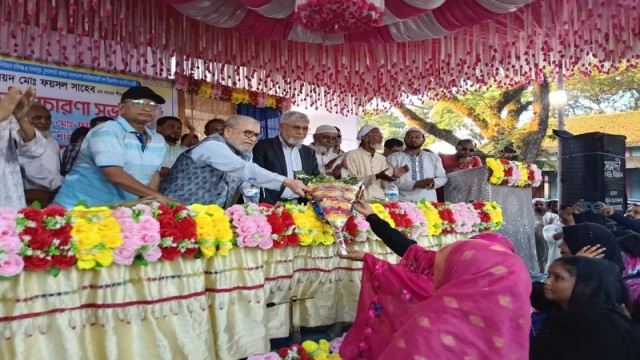





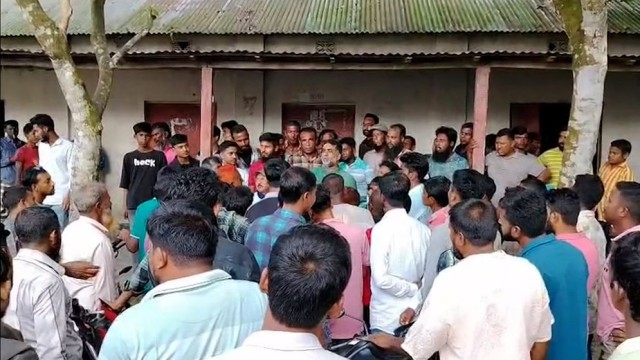
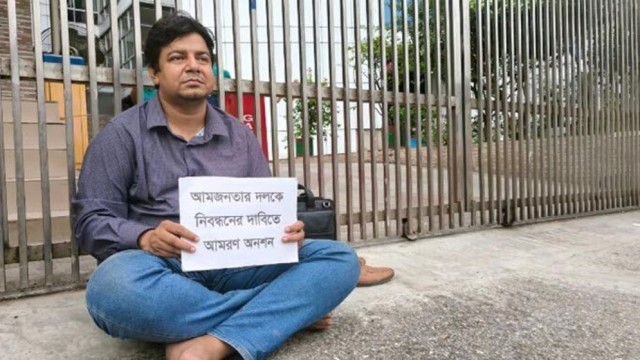













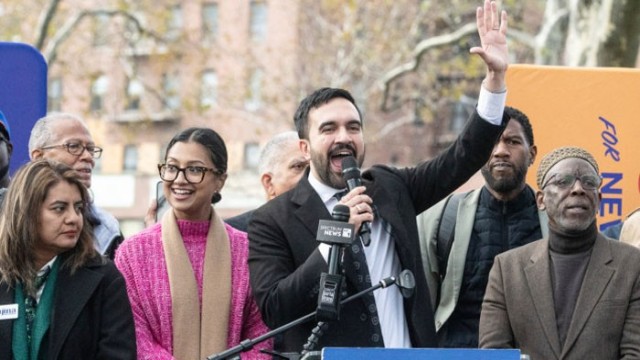



Comment: